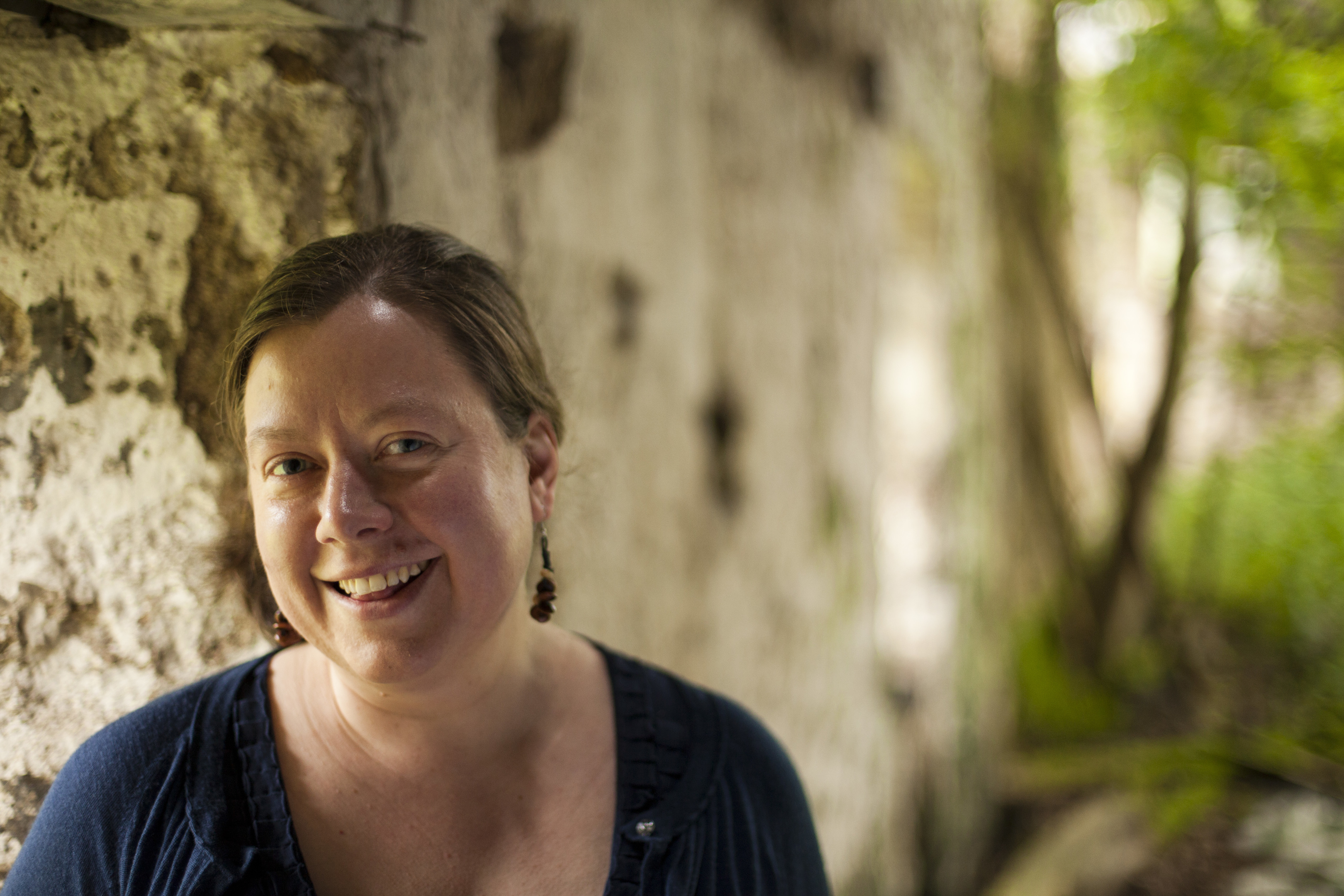We all have our ‘unproductive work days’ where time seems to slip away before our very eyes. Personally speaking, there are simply times when my brain only wants to think about what I’m having for dinner, or at times, although I care for them dearly, I’ve felt as if I couldn’t get through an hour without the distraction of a chatty employee.
On occasion this is normal, but when these days begin to occur on a regular basis you must start to realise something’s not quite right. Is your motivation to blame? Is it your lack of enthusiasm for a project? Or could your professional surroundings be to blame for the fact that you’d really rather just be somewhere else?
Having specialised in space planning and commercial interiors for some time, many of our clients are genuinely surprised to hear that often a poorly designed workspace or cheap mass-produced furniture could be the culprit. Numerous research studies have identified a direct correlation between a company’s workspace and staff productivity.
Having recently moved to a new office space ourselves, we spent a lot of time with our team thinking about what we wanted from our space, and how we could create a co-working office. We consist of many creative personalities, as well as some entrepreneurs who ‘hot-desk’ from our premises, and we all tend to like a slightly different work environment – some liked open-plan, others feel like they need a more enclosed space.
We worked closely with Head of Sales for London Dealers and Scotland, Jonathan Crabtree, from Vitra. This is a Swiss owned furniture company with their HQ in Germany, dedicated to improving the quality of homes, offices and public spaces through the power of design. Our close working relationship with Jonathan has helped us to carefully select furniture that creates smart, separate functional smaller spaces, within one large office space – not just a random desk to sit and work at.
The ‘WorKit’ Space:
First and foremost, it is essential to get work stations right. It’s traditionally where staff members will spend the most amount of time during the day, and is it where most companies perceive their staff should be their most productive.
Good seating is a must. Back pain is estimated to cost Britain £5billion a year, so finding a good chair which keeps staff comfortable, as well as looking good, is essential. One that combines an intuitive use of weight-dependent forward tilt and results in greater activity of the stomach and back muscles is recommended. This stabilises the lumbar column by triggering movement in the lower spine – where most back pain originates.
The ‘Not Boring Boardroom’ Space:
Traditionally this space is associated with business deals and formal presentations, but a bland and uncomfortable space can disengage staff and visitors. First impressions are essential in business, and many of these first meetings happen in this space – so why has design yet to penetrate the boardroom in so many businesses?
Yes, it has to be functional, but there is scope to make it look good too. A sensible splash of colour encourages creativity, whilst clever bright lighting keeps individuals alert and focused.”
The ‘Brainstorming’ Space:
As its name suggests, this space is intended for group discussion – sometimes you just need to hash out ideas and more heads are better than one! This space should produce an air of creativity, often aided by colourful walls and graffiti walls/whiteboards, whilst bringing a group of people together in a relaxed, informal way.
A high, round cabaret style table with accompanying stools are perfect for this, encouraging interaction around the table, providing the free flow of information. Nobody can hide away here either, giving quieter souls the chance to get involved.
The ability to enable contribution from each staff member will add value to a project whilst feeling satisfied and rewarded with interaction.
The ‘I Need To Focus’ Space:
It is typical to see open-plan office environments, whatever the sector. It is essential to make sure these spaces meet the needs of the staff using them – not everyone can simultaneously concentrate on a project, block John out whilst he’s on the phone and ignore Cerny (our resident Labrador) barking.
This is why it is useful to introduce retreat zones in the form of Alcove Highback sofas to enable an individual to conduct a private telephone call, work in a quieter area and hold informal meetings.
Alcoves offer protection from acoustic and visual stimuli, allowing individuals to ‘knuckle-down’ on a project in a comfortable environment.
The ‘Time-Out’ Space:
Management may stipulate that ‘time is money’, but we all need a few minutes out of our day to take time out and relax.
Equipping an office corner with a comfortable sofa, some plants and a bookshelf is not somewhere for staff to ‘skive’ but somewhere they can take a few minutes ‘time-out’ from their usual workspace.
Within reason, it has been reported that staff which take mini breaks are less likely to suffer from eyestrain, tension, repetitive strain injury, tiredness and stress.
This space also doubles up as an informal meeting area – fabulous for clients who have dropped in for a quick catch up.
Investment in furniture and accessories that are functional and inspiring with materials, construction and aesthetics that guarantee longevity is not just an aesthetic choice – it can ultimately affect a company’s bottom line.
Marie-Louise Dunk is a chartered architect and director of award-winning RIAS Chartered architectural practice, JAMstudio
